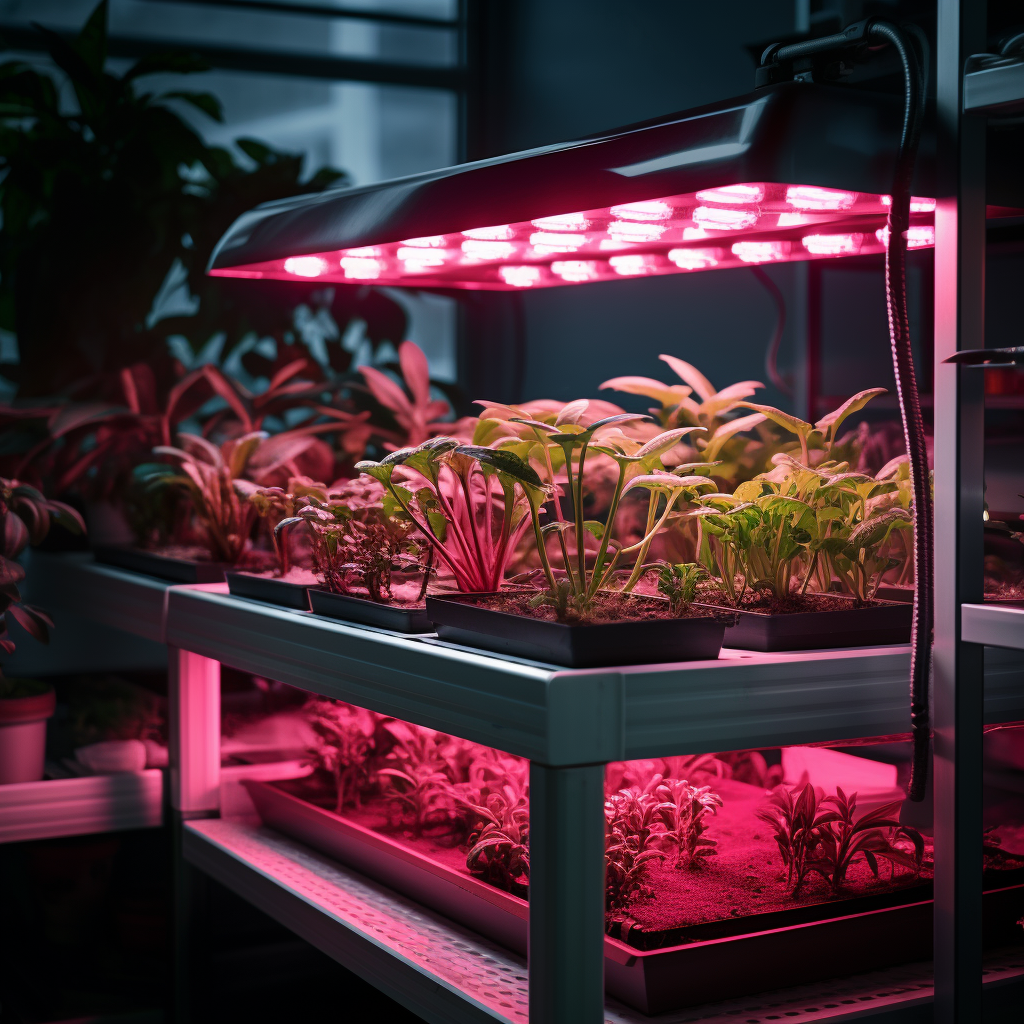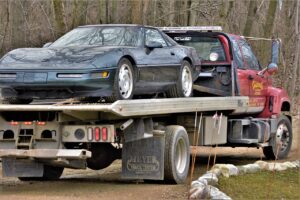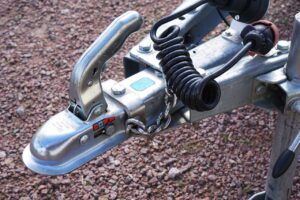Working with electrical components of grow lights, crucial for indoor farming and hydroponics, demands adherence to stringent safety precautions. Ensuring safe handling and operation not only protects the individuals involved but also guarantees the longevity and efficiency of the grow light systems. WiringLabs emphasizes the importance of safety in all electrical endeavors, especially when dealing with grow light components.
Understanding the Risks
Handling electrical components of grow lights comes with risks such as electrical shocks, short circuits, and potential fire hazards. Being aware of these risks is the first step in preventing accidents.
1. Turn Off Power Before Servicing
Before working on any electrical component of your grow lights, always ensure that the power is completely turned off. This step is crucial in preventing electrical shocks. It’s advisable to unplug the system or turn off the circuit breaker for an added layer of safety.
2. Use Insulated Tools
When working with electrical components, use insulated tools designed for electrical work. These tools prevent the conduction of electricity, significantly reducing the risk of electric shock.
3. Wear Protective Gear
Personal protective equipment such as insulated gloves, safety goggles, and non-conductive shoes should be worn when handling grow light electrical components. These items provide an additional safety layer between you and the electrical parts.
4. Avoid Working in Wet Conditions
Water is a conductor of electricity, and working in wet or damp conditions increases the risk of electrical shocks. Always ensure your work environment is dry. If you must work in a moist area, take extra precautions such as using a dry standing platform and wearing rubber boots.
5. Regular Inspection and Maintenance
Regularly inspect your grow light system for any signs of damage, such as frayed wires, loose connections, or water leaks. Regular maintenance not only prolongs the life of your grow lights but also reduces the risk of electrical hazards.
6. Follow Manufacturer Instructions
Always adhere to the manufacturer’s guidelines for installation, usage, and maintenance. These instructions are designed to ensure the safe and efficient operation of the grow light system.
7. Be Cautious with DIY Repairs
If you’re not experienced in electrical work, be cautious with DIY repairs. Incorrect handling of electrical components can lead to accidents or further damage to the system. When in doubt, consult a professional or reach out to WiringLabs for guidance.
Conclusion
Safety should always be the top priority when working with electrical components of grow lights. By following these precautions, you can ensure a safe environment for yourself and the effective operation of your grow light systems.
If you need custom wiring harness or cable assemblies, feel free to contact WiringLabs.




